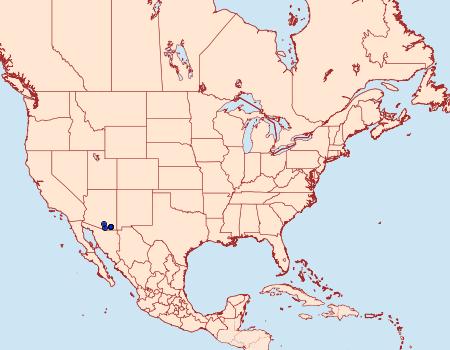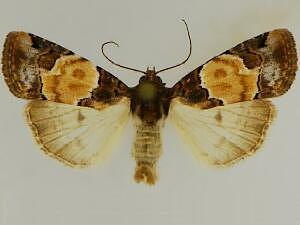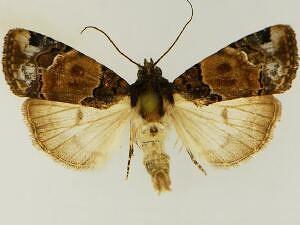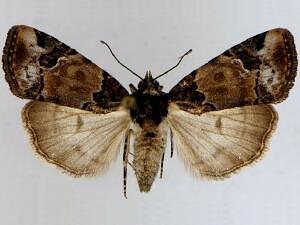
|

Digital Guide to Moth Identification |

|
|
Noctuidae
932244 –
9683.1 Bryolymnia biformata
Lafontaine & Walsh, 2010
|
||||||||||
| Photographs are the copyrighted property of each photographer listed. Contact individual photographers for permission to use for any purpose. | ||||||||||
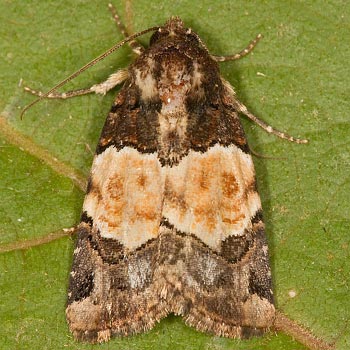
© Charles W. Melton |
||||||||||
|
||||||||||
| References (Caution: DNA barcoding at BOLD provides evidence of relatedness, not proof of identification; some BOLD specimens shown may not be sequenced.) | ||||||||||
|
||||||||||
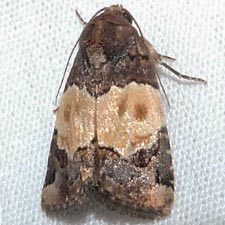 © Bob Beaton  © Charles W. Melton |
||||||||||
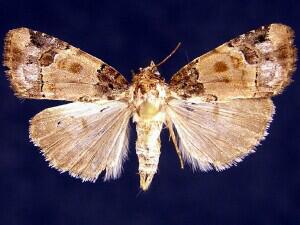 25mm – © Jim Vargo 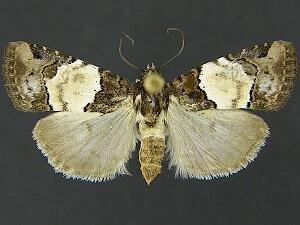  - 26mm – © Tom Dimock - 26mm – © Tom Dimock
|
Moth Photographers Group at the Mississippi Entomological Museum at the Mississippi State University
Send suggestions, or submit photographs to Webmaster — Moth Photographers Group
Database design and scripting support provided by Mike Boone
